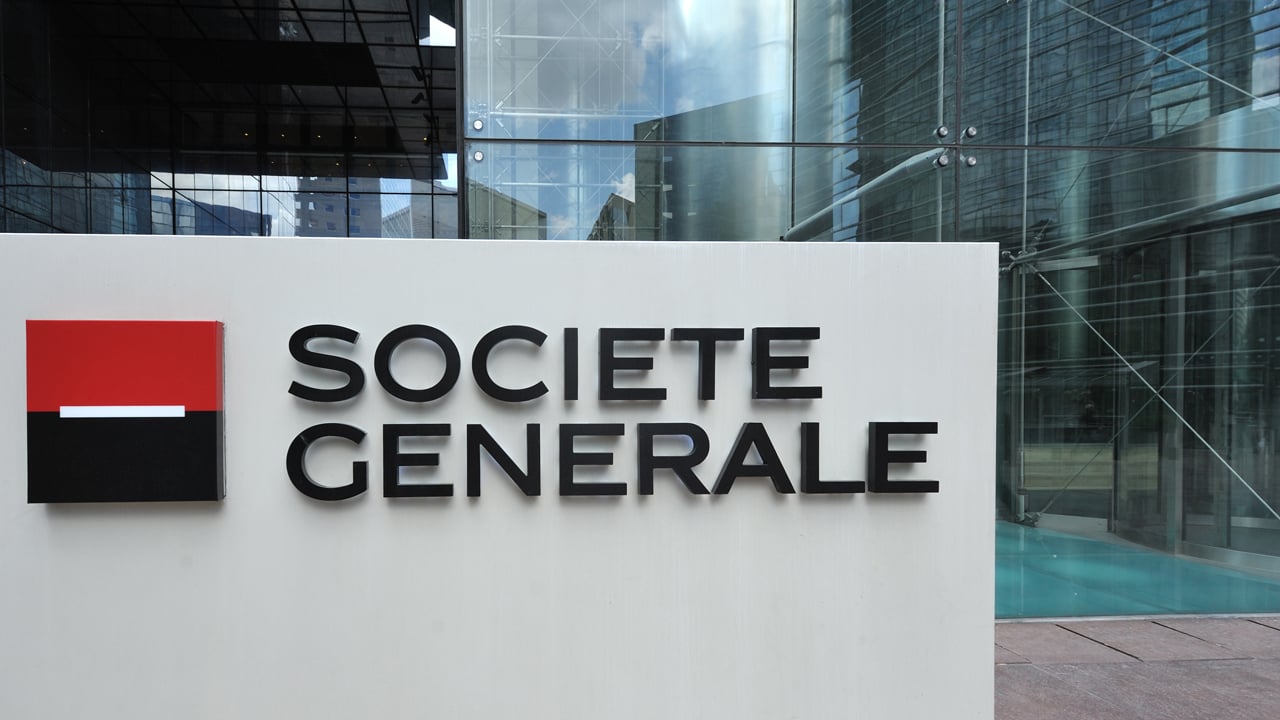According to Societe Generale-Forge (SG-Forge), a regulated subsidiary of Societe Generale Group, the company has launched a stablecoin pegged to the euro and issued on the Ethereum blockchain. During the launch announcement, SG-Forge’s CEO stated that a stablecoin “built under a robust banking-grade structure” will be a key element to increase trust and confidence in the native cryptocurrency ecosystem.
SG-Forge Reveals Institutional-Grade Stablecoin EURCV
A new euro-denominated stablecoin is coming to the cryptocurrency ecosystem, issued by SG-Forge, a digital currency-focused subsidiary of the French multinational investment bank and financial services company Societe Generale. While the cryptocurrency industry already has a few euro-backed stablecoins issued by Circle Financial and Tether, SG-Forge’s euro stablecoin, EURCV, aims to be an institutional-grade, fiat-pegged token. SG-Forge’s Thursday announcement notes that the approach involves creating measures in the realm of digital assets that aim to add security and transparency for institutional investors.
The efforts are in harmony with banking, legal, and regulatory requirements as part of the group’s overall strategy, according to SG-Forge’s announcement. “Digital assets with stabilisation mechanisms – i.e. stablecoins – built under a robust banking-grade structure will be a key element to increase trust and confidence in the native crypto ecosystem,” said SG-Forge CEO Jean-Marc Stenger in a statement.
Stenger added:
This issuance is a major step in [SG-Forge’s] roadmap to deliver innovative solutions to its clients, either real-money institutions and corporates or entities of the crypto industry, and to facilitate the emergence of new market infrastructures based on blockchain technology.
According to etherscan.io data, there is a maximum total supply of 10,000,000 EURCV as of today, with only one holder, suggesting that SG-Forge has not yet distributed the stablecoin. So far, only two transfers have been made since its creation 14 days ago on April 7, 2023. The contract hosted on etherscan shows that the coin is an “official institutional euro stablecoin issued by Societe Generale-Forge.” Societe Generale’s euro stablecoin is being discussed on social media, and claims show that SG-Forge’s EURCV contract admin can take funds from an owner and burn their EURCV as well.
The Web3 security startup Gopluslabs’ contract analyzer indicates that there is a “risky item” added to the smart contract and three more items that people should be aware of. The risk assessment says “the contract owner has the authority to modify the balance of tokens at other addresses, which may result in a loss of assets.” The contract also contains a “whitelist function,” which means “some addresses may not be able to trade normally,” according to Gopluslabs’ contract analyzer. Software engineer Cygaar, who discovered some of the issues with SG-Forge’s EURCV contract, questioned why the bank decided to issue an ERC20 in the first place.
“What’s the point of making this an ERC20? Cygaar asked. “They’d be much better off using Onyx (JPM’s internal system) or some internal [database] since they’re looking for a centralized settlement layer. An ERC20 token does not fit their use case,” the blockchain programmer added.
Tags in this story
Crypto Ecosystem, Digital Assets, ERC20, Ethereum, Fiat-Pegged, institutional-grade, Security, SG-Forge, Smart Contract, Societe Generale, Stablecoin, Transparency
What do you think the future holds for stablecoins issued by traditional financial institutions? Share your thoughts about this subject in the comments section below.
![]()
Jamie Redman
Image Credits: Shutterstock, Pixabay, Wiki Commons, Hadrian / Shutterstock.com
Disclaimer: This article is for informational purposes only. It is not a direct offer or solicitation of an offer to buy or sell, or a recommendation or endorsement of any products, services, or companies. Bitcoin.com does not provide investment, tax, legal, or accounting advice. Neither the company nor the author is responsible, directly or indirectly, for any damage or loss caused or alleged to be caused by or in connection with the use of or reliance on any content, goods or services mentioned in this article.

